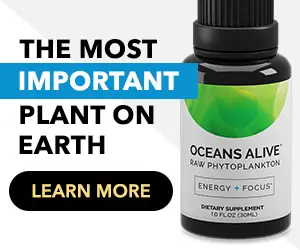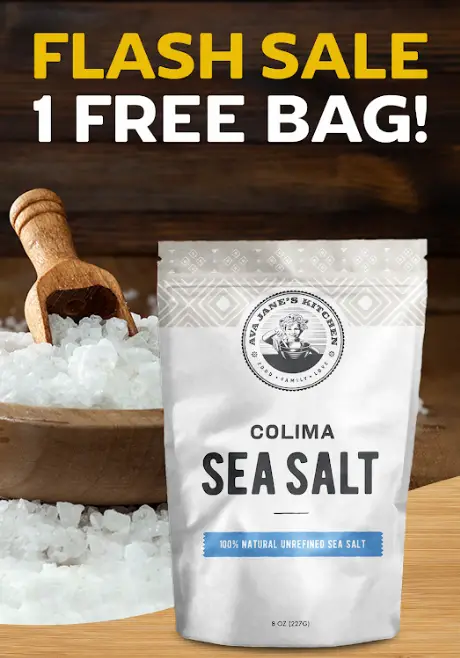
Some call the opiate addiction epidemic one of the biggest health problems our society faces today. And just like Big Tobacco was eventually blamed for the cigarette smoking problem in the 90’s, Big Pharma is now getting a backlash for their involvement in fraudulent marketing campaigns involving prescription painkillers, which began in the 90’s and are still destroying lives today.
Opioid painkillers such as oxycodone, hydrocodone, codeine, and morphine are a class of drugs that relieve pain while producing euphoric effects. While necessary in some cases, in recent years they have been prescribed left and right, leading to a high number of opioid addictions in the U.S., and in the rest of the world.
It has been estimated that between 26.4 and 36 million people today are abusing opioids, out of which 2.1 million are from the U.S. This addiction can severely alter or even ruins a person’s life, and it can cause accidental overdoses (in fact, the number of these overdoses quadrupled in the last two decades). The addiction to prescription opioids also can lead to heroin abuse. There is no sugar-coating the opioid addiction; there is not an easy way out.
Hydrocodone and oxycodone are the two drugs that are most to blame in the U.S. Almost 100% of hydrocodone and 81% of oxycodone is being consumed here.
In 1991, U.S. retail pharmacies dispensed 76 million Hydrocodone and oxycodone prescriptions; in 2011 they peaked at 219 million, and stayed in over 200 million range since.
The more prescriptions are being filled, the larger the chance of more people getting addicted. Many doctors are now waking up to the fact the many opioid prescriptions are unnecessary, and are being pushed by the pharmaceutical companies for no other reason than to make more money.
“We believe that the evidence will show that these pharmaceutical companies purposely misled doctors about the dangers connected with pain meds that they produced, and that they did so for the purpose of increasing sales. And boy, did they increase sales,” Attorney General Mike DeWine told NPR.
The state of Ohio is currently suing five major drug manufacturers for this fraudulent marketing and their role in the drug epidemic.
These five are:
-Purdue Pharma (maker of OxyContin/Oxycodone)
-Endo Health Solutions
-Teva Pharmaceutical Industries and subsidiary Cephalon
-Johnson & Johnson and subsidiary Janssen Pharmaceuticals
-Allergan
According to the lawsuit, it is the drug makers’ responsibility to protect the health of their customers and tell the truth about their products and the dangers of their side effects, yet for years they have chosen profits over morals.
These companies “helped unleash a healthcare crisis that has had far-reaching financial, social, and deadly consequences,” which started in the 90’s.
Until the 1990s, opioids were used only short-term, in severe acute cases, and for end-of-life care. But then, the drug makers began marketing painkillers to convince doctors and patients that opioids should be used long-term and for chronic conditions. This opened the road for them to advertise and receive money from a larger market. This group of patients, however, is also more likely to suffer from addiction and other side effects from these painkillers. In what the lawsuit calls a “a well-funded marketing scheme” to “spread false and deceptive statements about the risks and benefits of long-term opioid use,” drug makers spent millions of dollars each year to promote their opioids while denying the severity of the risks.
- “[The drug makers] persuaded doctors and patients that what they had long known — that opioids are addictive drugs, unsafe in most circumstances for long-term use — was untrue, and quite the opposite, that the compassionate treatment of pain required opioids,” according to the lawsuit.
The Ohio lawsuit blames these pharmaceutical companies for:
-Downplaying the serious risk of addiction
-Advocating that the signs of addiction should be treated with more opioids
-Exaggerating the effectiveness of screening tools in preventing addiction
-Claiming that opioid dependence and withdrawal are easily managed
-Denying the risks of higher opioid dosages
-Exaggerating the effectiveness of “abuse-deterrent” opioid formulations
Most importantly and dangerously is that this marketing campaign has worked for the drug makers. Opioids are now the most prescribed type of drug on the U.S. market. (In 2014, prescribed opioids generated a whopping $11 billion in revenue).

Accidental drug overdose deaths surpass motor vehicle crash deaths in Ohio since 2007. PHOTO: DrugAbuse.gov
In Ohio, there were 793 million doses of opioids prescribed in 2012. That is about 68 pills for every adult and every child. This health crisis is to blame for accidental overdoses and deaths; in 2007 unintentional drug overdoses met the number of traffic crash deaths for the first time, and since then overdose deaths surpassed vehicle crush deaths by many.
Ohio is likely the hardest hit state by the opioid epidemic, according to the NPR, but it is not the only state. The whole country is feeling the effects of this health crisis.
Similar lawsuits were recently filed in Mississippi, Illinois, four counties in New York, and two counties in California. The city Everette, Washington filed a lawsuit against the maker of OxyContin. The Cherokee Nation filed a lawsuit against Wal-Mart, CVS, and Walgreens and other drug distributors in tribal court.
A large scale lawsuit like this makes one wonder: is this a start of doctors realizing just how many drugs the pharmaceutical companies mislead doctors and pushing their products by downplaying the health risks and exaggerating the benefits all in the name of profits?
“This was not something that the pharmaceutical companies just woke up some day and just started to do a little bit of it…There was a concerted effort for an extended number of years to really pound this into the heads of doctors. And when you’re told something time and time and time again and there’s a lot of advertising that is being spent, yeah, it takes a while to turn that around,” DeWine said.
Recommended reading:
Thanks for installing the Bottom of every post plugin by Corey Salzano. Contact me if you need custom WordPress plugins or website design.











